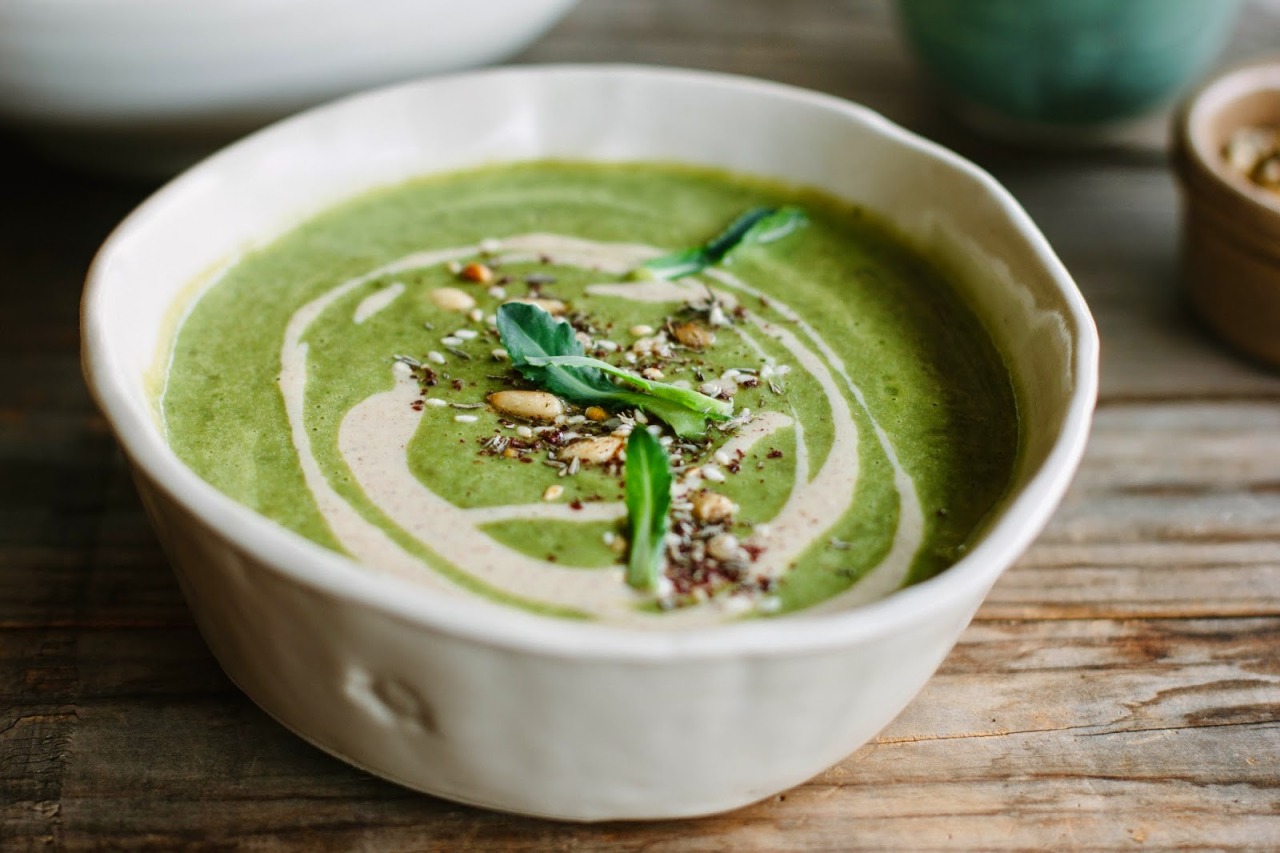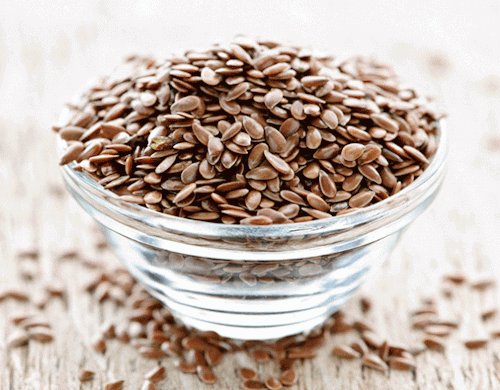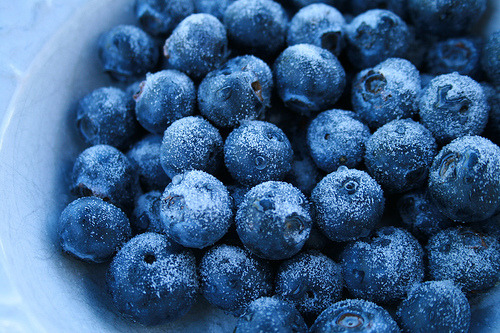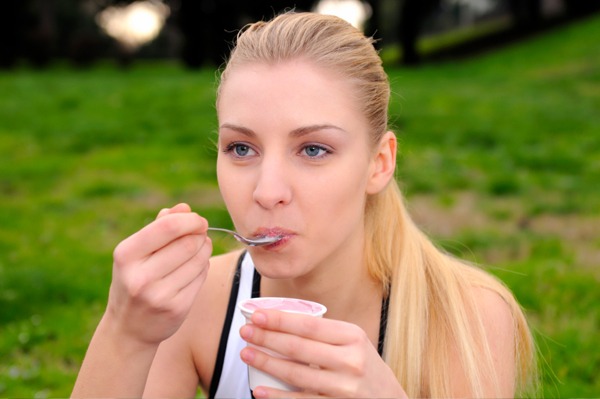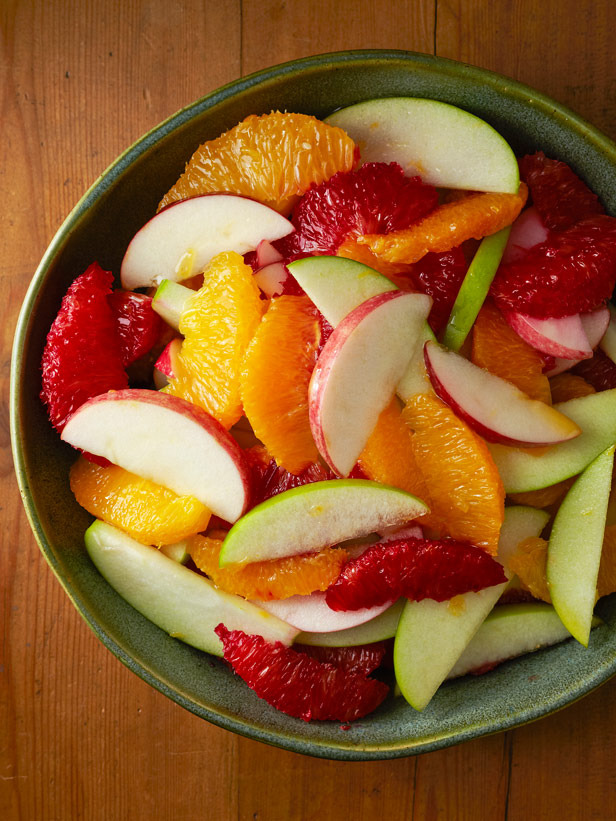Salads make a healthy foundation for any diet — but it’s all too easy to block their nutritional punch by drizzling on the wrong salad dressing. At the same time, to keep you in love with lettuce, you want choices that tantalize your taste buds, says Judy Caplan, RD, author of GoBeFull: Eight Keys to Healthy Living and a dietitian in private practice in Vienna, Va.
Although it’s always an option to whip up healthy dressings at home, it is also easy enough to find a healthy, tasty store-bought kind — if you read nutritional labels carefully. Caplan generally recommends buying dressings with fewer than 45 calories per tablespoon (and measuring your portions carefully), though she'll go above that limit if it's for the right healthy fat. She says it is also equally important to watch out for fat and added sugars — fewer than 5 grams of sugar per serving is best. For a healthy shopping shortcut, pick up one of these eight store-bought dressings.
Wish-Bone Salad Spritzer in Italian Vinaigrette

Serving size: 10 spritzes
10 calories
1 g fat (0 g saturated fat)
100 mg sodium
1 g sugar
If you just want a bit of added flavor on your veggies, a Wish-Bone spritzer might be your best option because you have built-in portion control and few calories, says Melissa Joy Dobbins, RD, an instructor at the Kendall College School of Culinary Arts in Chicago. There’s no risk of an additional teaspoon or tablespoon “accidentally” sloshing into your diet greens, and though 10 spritzes doesn’t sound like much, it adds plenty of flavor for a small salad.
Wish-Bone Light Italian

Serving size: 2 tbsp
35 calories
2.5 g fat (0 g saturated fat)
340 mg sodium
2 g sugar
Dobbins likes this dressing, which is based on a blend of olive and soybean oils, because of its inclusion of healthy fat for both heart health and taste. “In general, the healthiest choices are oil and vinegar or a light vinaigrette,” Dobbins says. However, she cautions that it is important to watch your portions because this dressing has a relatively high sodium-per-serving level.
Kraft Fat-Free Catalina

Serving size: 2 tbsp
50 calories
0 g fat (0 g saturated fat)
350 mg sodium
7 g sugar
At 50 calories, this product has less than half the calories of the full-fat variety, yet retains most of the taste. “With Catalina, you can’t usually tell the difference between lite and fat-free,” Dobbins says, adding that manufacturers know consumers want these products to be flavorful so they have adjusted the recipes accordingly. Catalina dressings in general do have a bit more sugar than
other dressings, so don’t forget to pour with some caution.
Annie's Balsamic Vinaigrette

Serving size: 2 tbsp
100 calories
10 g fat (1 g saturated fat)
55 mg sodium
2 g sugar
This is a full-fat dressing and has the calories to prove it, but the fat comes from heart-healthy canola oil and the ingredient list is all-natural. "We all need to get some oils,” Caplan says. “You need fat to process vitamin A and vitamin D, which are
essential vitamins.” At 100 calories per serving, this dressing is almost too caloric for Caplan, so she advises cutting it with a little vinegar or even water as long as the flavor still satisfies you, or simply have it in 1-tablespoon servings.
Newman's Own Low-Fat Sesame Ginger Dressing

Serving size: 2 tbsp
35 calories
15 g fat (1.5 g saturated fat)
330 mg sodium
4 g sugar
A dressing featuring healthy sesame oil, ginger, and other Oriental-style spices will provide you with a tasty break from your
healthy salad dressing routine. This one could also be used to flavor steamed veggies or marinate fish, excellent sources of nutrition on any diet. If you eat salads frequently, have several dressings available to keep your taste buds from becoming bored. “I have the belief that you should love what you eat," Caplan says. "It’s really important.” Trying new flavors can keep you on the
diet straight-and-narrow.
Hidden Valley Original Ranch Light

Serving size: 2 tbsp
80 calories
7 g fat (1 g saturated fat)
290 mg sodium
2 g sugar
Creamy dressings are generally seen as diet no-no’s, thanks to their calorie and fat content. So if ranch is a beloved all-purpose dip in your household, buy yourself and your family a few calories by switching to this diet version that has half the calories of the original.
Marie's Lite Chunky Bleu Cheese

Serving size: 2 tbsp
70 calories
7 g fat (1.5 g saturated fat)
290 mg sodium
1 g sugar
Traditional bleu cheese dressing belongs on a “Most Wanted” poster, both for its compelling flavor (good) and its high fat and calories (not so good). Happily, the diet version is competitive with other dressing types in its nutrition profile and has slightly less than half the calories of the full-fat version, which has 160 calories. The beauty of bleu cheese dressings (even diet ones) is that their flavor is very strong so you might be able to get away with even less dressing than the serving size without feeling deprived. Still, shop carefully and be sure to compare nutritional profiles of different brands before you select a bleu cheese dressing.
Newman's Own Light Caesar

Serving size: 2 tbsp
70 calories
6 g fat (1 g saturated fat)
420 mg sodium
2 g sugar
Caesar salads, with their croutons, cheese, and fatty dressing, are notorious diet traps. Fortunately, a light Caesar dressing should provide you with the flavor you crave without any lasting guilt. “Any time you pick a lower-fat product, you’re decreasing calories,” Dobbins says. And that’s always a good thing. So when you crave a flavor, simply opt for the light version and enjoy.
Which is your favourite dressing? Do you have any great salad weight loss recipes to go with these dressings? Comment below and let me know!
Source






















